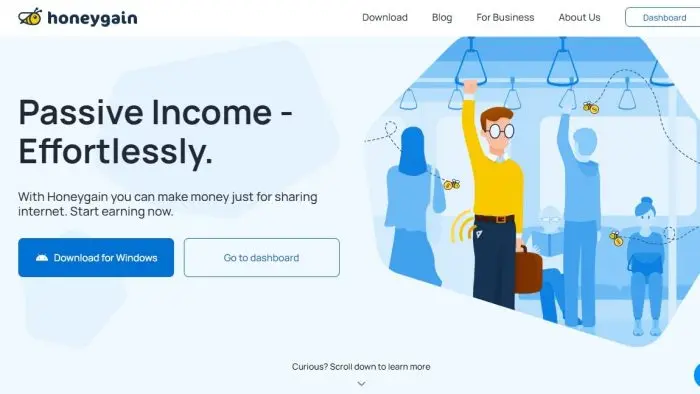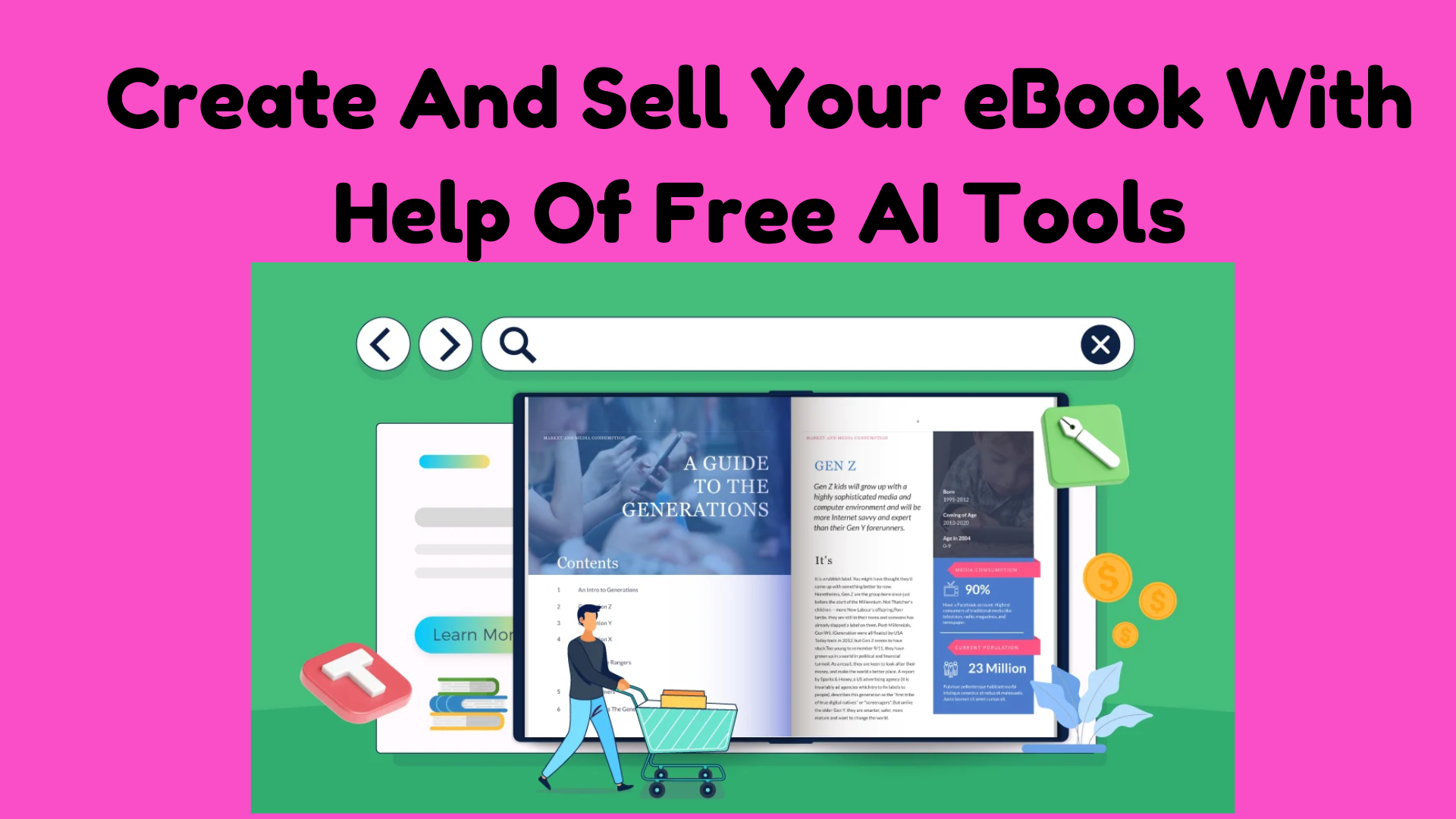How to Create, Market, and Sell Your eBook Using Free AI Tools
Quick Start Guide for Busy Readers
- Create: Use ChatGPT for drafting, Grammarly for editing, and Canva for cover design.
- Market: Promote on social media, email newsletters, and relevant forums.
- Sell: Distribute through Amazon Kindle Direct Publishing (KDP) and Gumroad.
Introduction
Creating an eBook can seem daunting, but with the right tools and strategies, it’s a rewarding process. This guide will walk you through how to create, market, and sell your eBook using free AI tools. Whether you’re a novice or an experienced writer, these steps will help you produce a high-quality eBook and reach your audience effectively.

Sign Up Free For Honeygain Here And Start Getting Paid Daily Doing Almost Nothing
Research and Analysis
Before diving into the content creation process, it’s essential to understand what makes existing top-ranking posts successful. Here’s a quick overview of what we’ve found:
- Detail-Oriented Content: The top posts are comprehensive, covering all aspects of the topic in depth.
- Visual Appeal: High-ranking posts include numerous images, infographics, and illustrations.
- User Experience: These posts are well-structured, easy to navigate, and accessible to readers with varying levels of time and interest.
Based on this research, your post should aim to be more detailed, visually rich, and user-friendly than the competition.
Step 1: Creating Your eBook
1.1 Brainstorming and Outlining
Start by outlining your eBook’s structure. Use tools like MindMeister for mind mapping and Evernote for note-taking.
1.2 Writing the Content
Use ChatGPT to draft your content. It’s a versatile AI tool that can help generate ideas, write chapters, and even polish your prose.
1.3 Editing and Proofreading
Grammarly is a powerful tool for grammar checking and style improvements. It ensures your content is error-free and professional.
1.4 Designing the Cover
Canva offers a free, user-friendly platform to create eye-catching eBook covers. Choose from a variety of templates and customize them to fit your book’s theme.
Step 2: Marketing Your eBook
2.1 Building Your Audience
Before launching your eBook, start building an audience. Use social media platforms like Twitter, Instagram, and LinkedIn to engage with potential readers. Share snippets of your eBook and behind-the-scenes content.
2.2 Leveraging Email Marketing
Create an email list using Mailchimp. Send out newsletters with updates, free chapters, and exclusive content to keep your audience engaged.
2.3 Collaborating with Influencers
Reach out to influencers in your niche for collaborations. Offer them a free copy of your eBook in exchange for a review or shoutout on their platform.
2.4 Utilizing Forums and Communities
Participate in forums and online communities like Reddit, Quora, and Facebook groups. Share valuable insights and subtly promote your eBook. Ensure your contributions are helpful and not overly promotional.
Sign Up Free For Vidnoz Here And Start Using it Right Now!

Step 3: Selling Your eBook
3.1 Choosing the Right Platforms
Amazon Kindle Direct Publishing (KDP) and Gumroad are excellent platforms for selling your eBook. They offer easy-to-use interfaces and broad reach.
3.2 Pricing Strategies
Set a competitive price for your eBook. Research similar titles in your niche to determine the best price point. Consider offering discounts or bundling your eBook with other products to increase sales.
3.3 Creating a Sales Page
Design an attractive and persuasive sales page using Wix or WordPress. Highlight the benefits of your eBook, include testimonials, and use compelling calls to action. [IMAGE HERE: Screenshot of a well-designed sales page]
3.4 Monitoring Sales and Gathering Feedback
Use the analytics tools provided by your selling platforms to monitor sales. Gather feedback from readers to improve your future eBooks.
Visual and Interactive Elements
- Infographics: Create infographics summarizing key points of your eBook using tools like Piktochart.
- Illustrations: Include illustrations that explain complex concepts or data. If discussing writing tools, show a flowchart of the writing process.
- Videos: Embed tutorial videos on how to use the AI tools mentioned. These can be hosted on YouTube and embedded in your blog post.
Conclusion
Creating, marketing, and selling an eBook using free AI tools is entirely feasible with the right approach. By following this guide, you can produce a high-quality eBook, build a loyal audience, and achieve significant sales.
Recommended Reading:

